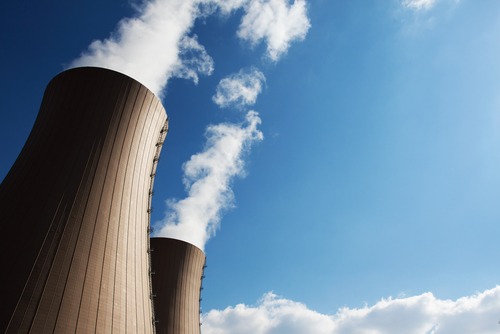Georgia launches first new nuclear reactor in United States since 2016

Earlier this year in Georgia, the Vogtle nuclear power plant added a new 1,114 MW reactor known as Unit 3, and became the first nuclear reactor addition nationwide since a commission in 2016.
According to a review by the U.S. Energy Information Administration (EIA), the project was originally expected to cost $14 billion when construction began in 2009. Significant construction delays and cost woes ballooned that cost to an estimated more than $30 billion in the years since. Unit 3 was also supposed to originally enter service back in 2016. A second part of that project, Unit 4, is still under construction, when it was supposed to enter service in 2017.
Unit 3 alone brings 1,114 MW of new capacity to the facility, which has provided 2,430 MW since the late 1980s. Unlike their forebears, the new units utilize a reactor design known as the Westinghouse AP1000, which showcases a smaller footprint and simpler design, as well as significant passive safety systems.
Nuclear power plants provide almost 20 percent of the total U.S. electricity, with 95,881 MW stemming from 93 operating commercial reactors. At this time, the U.S. hosts the largest nuclear capacity on earth, despite recent retirements.
Vogtle is owned jointly by Georgia Power and three other electric utility companies in the region.
